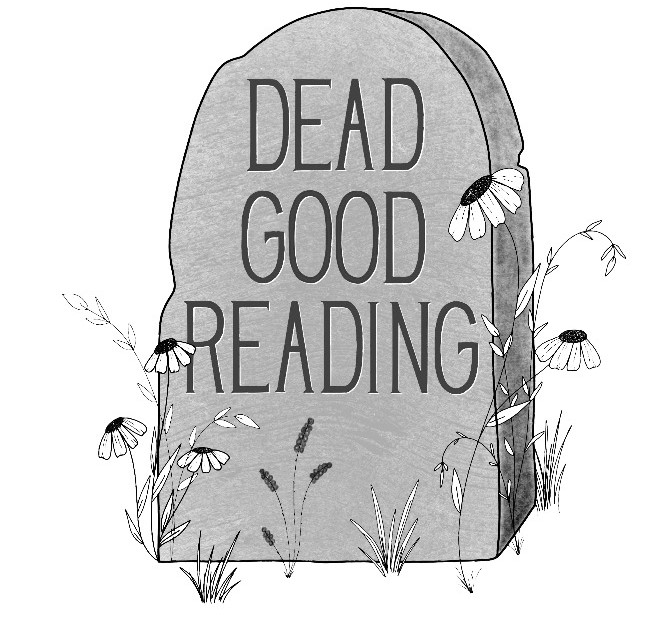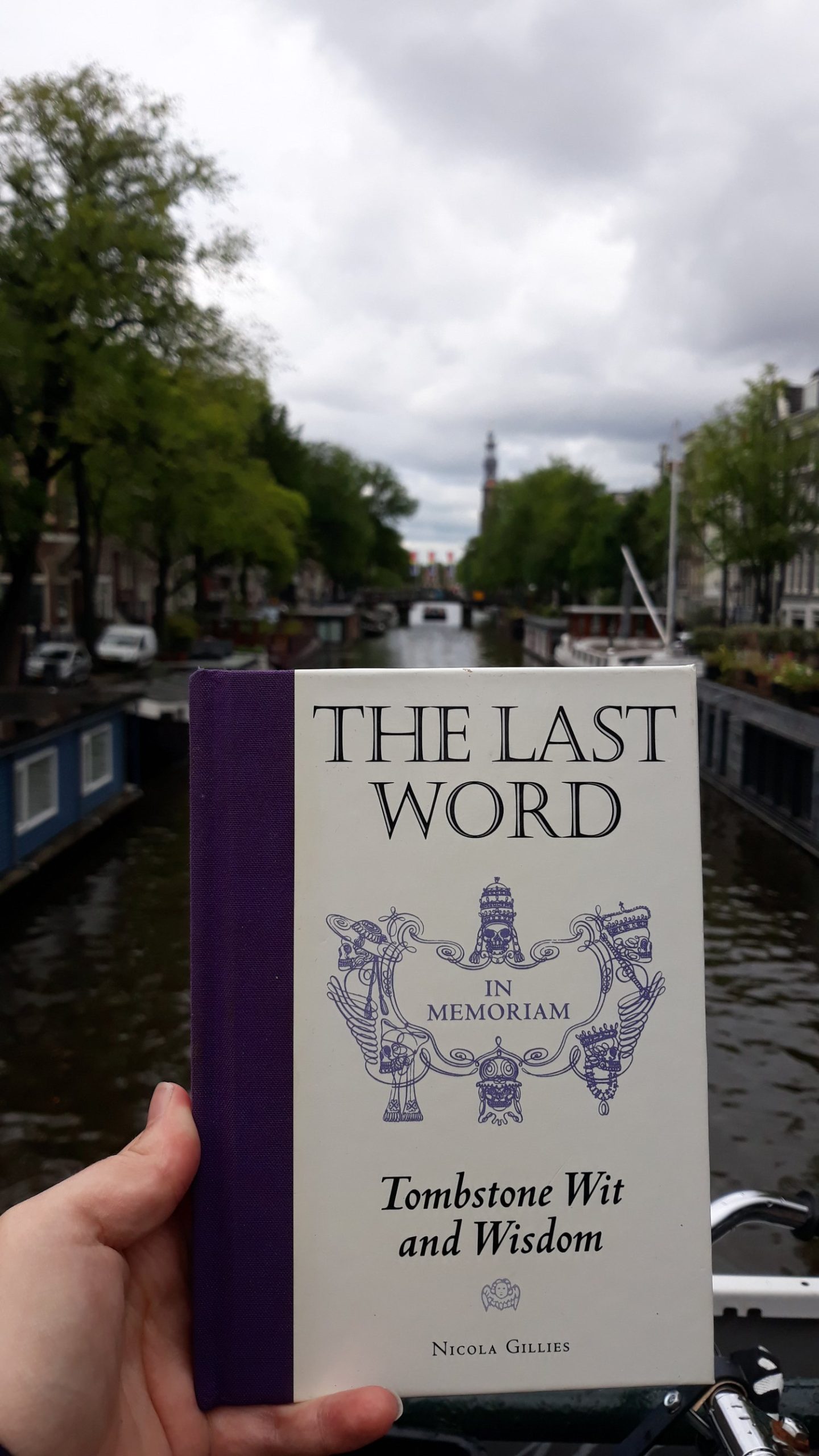For as long as I can remember, visiting a cemetery with my parents was a typical activity to do on weekends. Sometimes we would ‘visit the family’ and tour a couple of cemeteries around Bussum, the place my father grew up. We would have a little wander, and look at the graves of deceased relatives I’d personally never met. My parents also went through a phase of touring around the country looking for the perfect cemetery to be buried themselves (I do not know whether they ever settled on one particular one, but recent conversations have revealed they wish to be cremated these days). I sometimes wonder why I got interested in Death Studies…
Last year, when I announced I was going to start this blog, my cousin gave me a little book (she is my father’s cousin, so actually my second-cousin, but we’ve always agreed that feels too far removed). Our birthdays are one day apart, 30 and 31 July respectively. When I was 16, her sister, also my ‘cousin’, died of breast cancer, and this has been one of the biggest losses I have experienced in my life. Death and loss thus have been topics we have discussed several times.
We share a love for England (Britain?!) and particularly the wit and humour of that weird island. (Unpopular opinion: despite Brexit, I’m still quite fond of the place, love might be too strong a word). The book The Last Word: Tombstone Wit and Wisdom by Nicola Gillies thus was the perfect gift, and deserves a mention on Dead Good Reading.
The Last Word is a lovely collection of epitaphs. Gravestone blurbs, if you will. Gilles notes that:
“One of our earliest forms of literary expression, the epitaph offers the reader a glimpse of the past and, perhaps, a universal truth. Although tombstone inscriptions may be private tributes from the bereaved, they are also public declarations, often written with the reader in mind and addressing him or her directly”
— Gillies, The Last Word, (1997 page 6).
Some epitaphs are rather lengthy, others short and sweet. Some are deeply moving, others deeply or darkly funny. The epitaphs are divided in four parts: Dearly departed, sadly missed, Tombstone Wit, Carved in Stone and Famous Last Words. Here are some from the wit section:
“ Here lies the body of Susan Lowder
Who burst while drinking a Sedlitz Powder.
Called from this world to her heavenly rest,
She should have waited till it effervesced”
– d. 1789
Massachusetts
(The Last Word page 33)“She was not smart, she was not fair,
But tears with grief for her are swellin’;
And empty stands her little chair-
She died of eatin’ watermelin.
– Anon.
(The Last Word page 36)“ Here lies Will Smith- and, what’s something rarish,
He was born, bread, and hanged, all in the same parish”
-Anon.
(The Last Word page 39)
These snippets carved in stone really paint a picture of both humour and beliefs at certain points in history and it is a charming little book to flick through and read.
“Those who cared for him while living
will know whose body is buried here.
To others it does not matter”-Hartford, Conneticut
(The Last Word page 48).
Some epitaphs included in the book are from historically famous people, including Abraham Lincoln, Martin Luther King and Jane Austen.
“Excuse my dust.”
– Dorothy Parker, d. 1967.
(The Last Word page 60)
The book has been published in 1997, and I have no idea if it is still in circulation. But you may want to mooch around your local second hand or charity shops (another favourite past time of my parents) and perhaps you’ll come across it. Since 1997 there has also been this thing called the internet, and you may find it there.
What is the funniest epitaph you have ever seen? Or what text would you put on your own tombstone? Let me know!


Leave a Reply